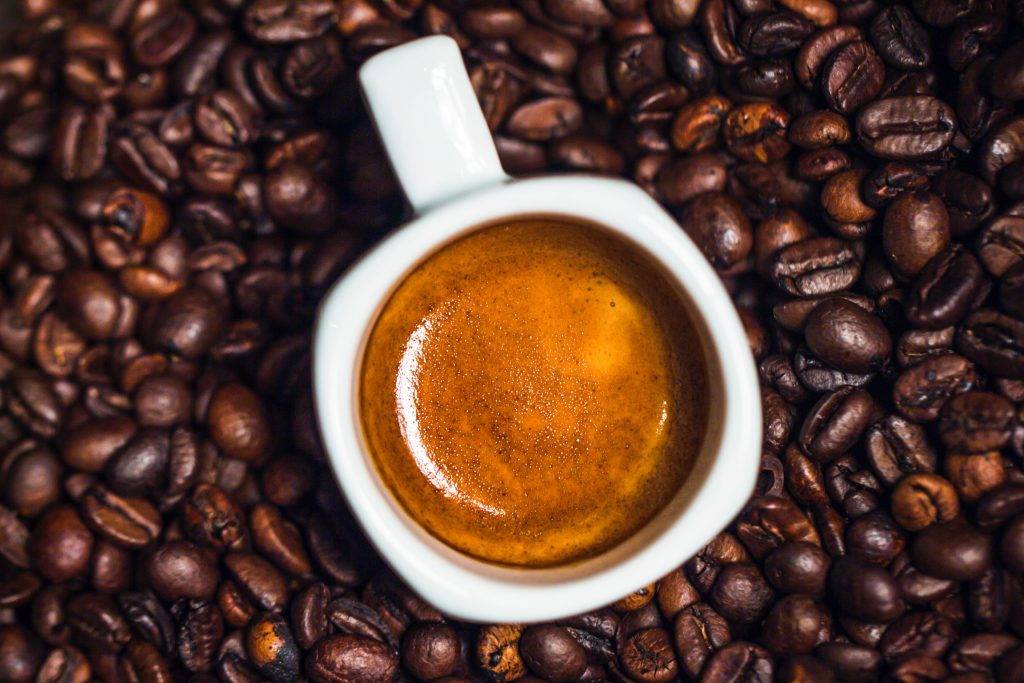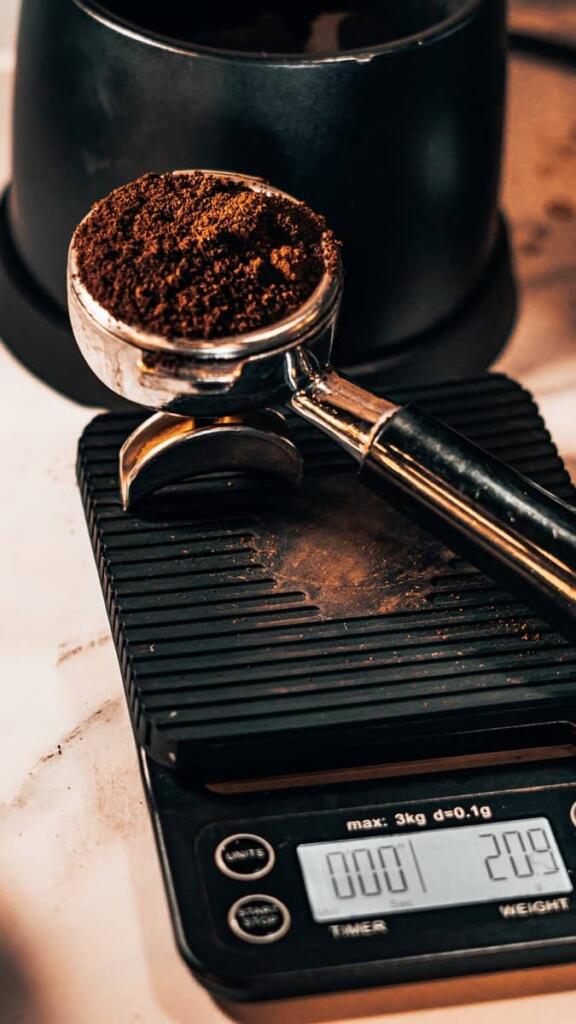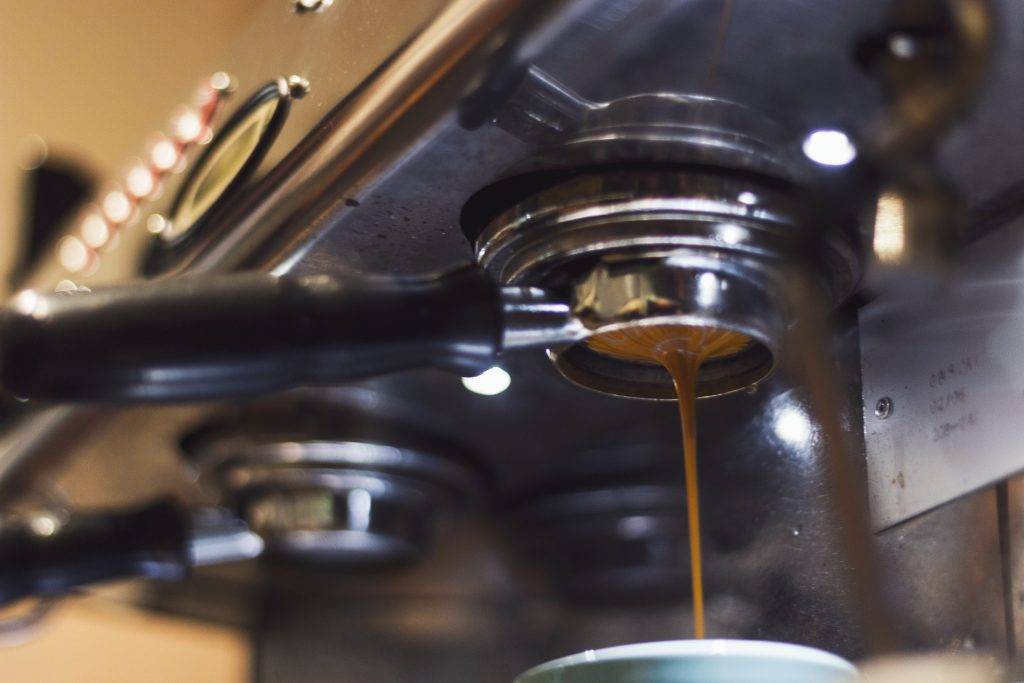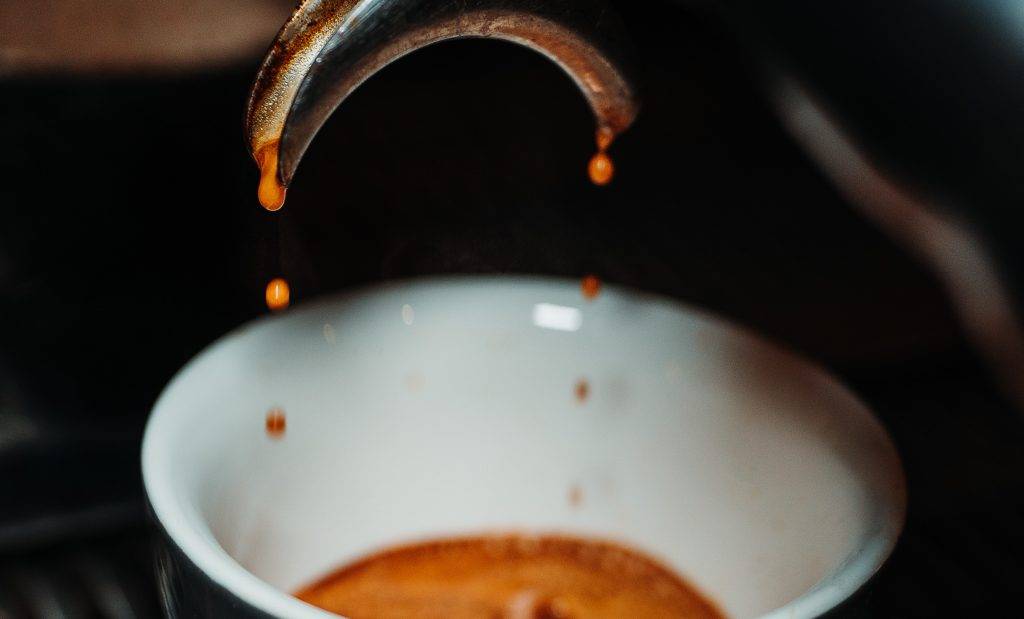The “best” way to pull a shot of espresso is up for debate because every espresso machine is unique. But some basics can help you improve your ability to pull superb espresso shots.
The key components in espresso preparation are the grind, dosing, leveling, distribution, and tamping. Making great coffee every time will be possible if you can perfect how you do things.

Espresso basics

Espresso is a one-fluid-ounce (30mL +/- 5mL) coffee-based beverage continuously extracted from one side of a double portafilter. Although not required, an extraction time of 20 to 30 seconds is advised.
Let’s use this default of 20 to 30 seconds. However, keep in mind that there is no exact scheduling guideline. This is because the amount of ground coffee you put in the basket, how coarse the coffee is, the origin, roast profile, and roast date will all affect how long the extraction will take.
The extraction will occur more quickly the more coarsely the coffee is ground. Conversely, the slower the coffee will be, the finer it is ground.
- For a triple basket, you want to get around 30 grams of liquid espresso out for every 20 grams of ground coffee. If you don’t have a scale, 1.5 oz of liquid, including the crema, equals your input and output.
- For a double basket, you want to get around 27 grams of liquid espresso out for every 18 grams of ground coffee. If you don’t have a scale, you may translate it into 1 oz of liquid, which includes the crema.
- The best espresso shots are made between 25 and 30 seconds after the pump starts, with the espresso leaving the portafilter after 5 to 7 seconds.
- Fresh coffee should be ground, and you should work quickly. Avoid allowing ground coffee to sit in the portafilter or the loaded group head of the espresso machine during brewing. Once ground, coffee stales very quickly.
- Before grinding the coffee and making the shot, warm your shot glasses, demitasse, or mug with hot water.
The grind

Always grind fresh whole beans before brewing (this rule applies to all brewing methods). The texture of the grind plays a significant role in shot quality.
The main goal of fine-tuning your grinder is to have your 1:1.5 brew ratio within 25–30 seconds of the start of your pump. Although we provide a special grinder dial-in service to have your equipment ready to use right out of the box, this is a crucial skill. Start with a powder that is finer than table salt and coarser than flour.
Dose
Dosing coffee is moving coffee from the grinder into the basket that is the right size for the type of shot you pull (ristretto, lungo, doppio, etc.). It is, however, a contentious subject.
When using a double basket, a dosage of 18 grams of coffee is advised (typically found in a double-spouted portafilter). Suppose you use a bottomless portafilter and triple basket, dose 20 grams of coffee. A decent place to start is with a mound of ground coffee in the center that sticks approximately half an inch above the rim.
Settle the grounds
We level the coffee bed to ensure the water does not run out faster in any area. In addition, a shot of espresso may be under-extracted as a result of channeling. To disperse the grounds more evenly, we advise lightly tapping the side of the portafilter with your palm. The portafilter can also be tamped on a tamping pad to level the grinds. For reliable tamping, a sticky surface is also beneficial.
The perfect tamp

Level and pressure are two elements to take into account when tamping.
Tamping maintains consistency of extraction by leveling and compacting the grounds to ensure that even and constant water contact is driven through the coffee. The right way to tamp coffee is to set your portafilter on a flat surface with your elbow at a 90-degree angle and then press down until the coffee has an even, finished look. It should be noted that coarser grounds will need a harder tamp than finer grounds.
Pull the shot

You’re ready to pull the trigger by putting a demitasse cup beneath the group head. The espresso maker will inject pressured water into the grounds when the water pressure is engaged (most machines include a lever, switch, or button that performs this). Start a timer or stopwatch after the pressure is applied. This will help you in the following phase: observing the extraction.
Observe the extraction
You can learn a lot about the shot just by observing the extraction.
Make a small adjustment to your grind while maintaining a constant dosage, and tamp if the extraction is not quite ideal. Then, repeat the procedure while maintaining the grind setting until you get the right extraction.
The most distinguishing factor used to address these problems is grind size, although other possible problems include water temperature fluctuation and wrong tamping. Setting standards for your tamping and water temperature can help you pull great shots.
Great espresso should be sweet and smooth, with a dark, rich brew and a thin golden crema. You should be able to consistently make great espresso after you have your grind, dosage, and tamp dialed in.

You’ve successfully pulled off a shot, there. However, there are a few measures to follow before you’re prepared to pull a fresh one even if your shot is finished:
- First, unlock the portafilter, and Next, turn it out.
- Finally, turn the portafilter over, so the basket is above the knock box and pointing downward.
- The cushioned bar that runs through the box’s middle should be used to knock the portafilter. The puck ought to come out. If not, knock it once more.
- Return the portafilter and basket to the group leader after cleaning them with a fresh cloth. This gets it ready for the subsequent shot.

Editorial Staff
The editorial staff at Crazy Coffee Crave is a team of coffee enthusiasts & Baristas who enjoy the one thing we all think about as soon as we get up in the morning. Trusted by thousands of readers worldwide.





